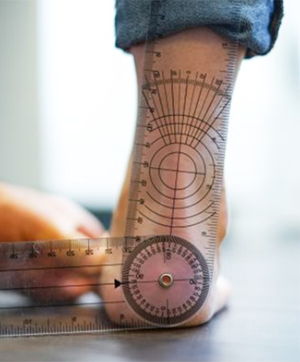
This involves assessing the way in which you move, which may be creating pain and dysfunction if alignment is not achieved.
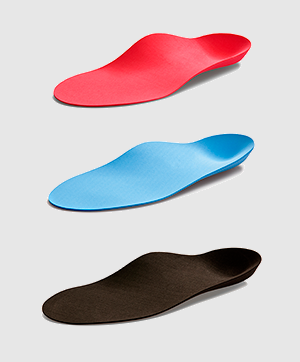
Both custom-made and premade standard orthotics are available.
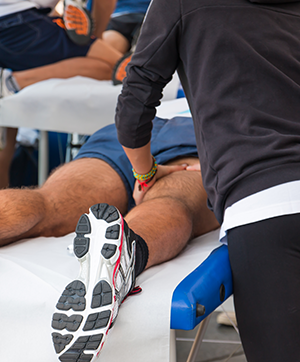
Diagnosing and treating ligament sprains, stress fractures, overuse injuries, shin splints, hypermobility issues, tendinopathies, muscle tears etc.

Podiatry services can obtain a Medicare rebate under Enhanced Primary Care Plans (EPC) prescribed by a GP or medical specialist.
EPC rebate is $60.35 per visit.
$25 Discount on all fees for Pension Concession Card holders (PCC) and Tertiary Students.
Contact us to discuss this further.
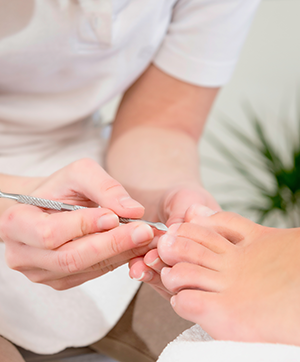
This includes clipping and filing toe nails, removing corns, debriding callous, removing ingrown toe nails, debriding cracked heels, treating discoloured nails etc.

Fungal toenails are unhealthy and unsightly.
Toenails thicken, crack and discolour. The nail may separate from the nail bed, leading to infection and pain.
Being a contagious condition, you can infect other people.
We can help by thinning your nail and treating the infection.
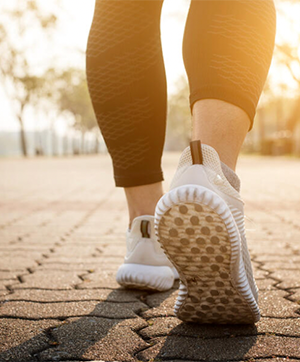
We sell shoes, ask your podiatrist for a shoe recommendation, comfort guaranteed assessed on your footwear needs.
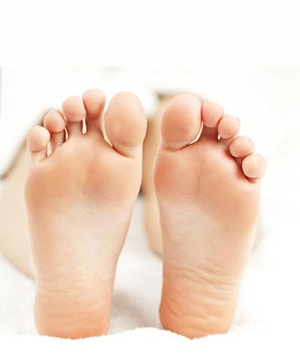
We understand that children grow rapidly and their foot wear needs change during this time. Children experience a range of lower limb issues as a natural part of physiological growth. We can offer the right support and advice required for children's feet.
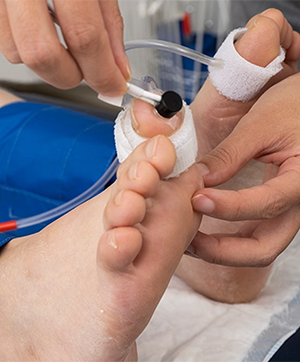
People with Diabetes are at a much greater risk of foot problems. Therefore it is important to assess the skin integrity, circulation and feeling in those affected with diabetes regularly, to prevent foot problems.
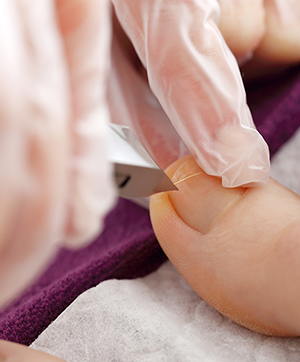
Ingrown nails may require temporary treatment where a spike of nail is removed. However in some circumstances permanent nail removal is required. This procedure is called a Partial Nail Avulsion with Phenolisation. The most appropriate treatment for you will be discussed with the Podiatrist.
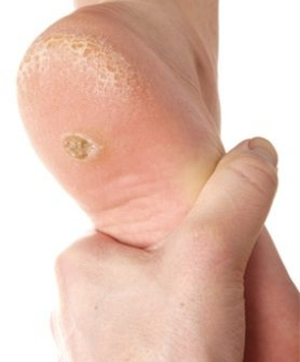
The best form of wart removal will be discussed with you, however be assured that we offer cryotherapy at the clinic.

Dry needling is based on neuroanatomy and modern scientific study of the musculoskeletal and neuromuscular systems. A solid mono-filament needle is inserted through the skin and into the deeper tissues that are considered trigger points to your pain. Dry needling works by creating a micro lesion within the pathological tissue, thereby breaking up shortened tissues, inhibiting a reflex arc from the nervous system to the tissue, normalizing the inflammatory response, and centrally mediating the pain. This mechanical and neuromuscular effect provides an environment that enhances the body’s ability to heal which ultimately reduces pain.

Joint mobilisation techniques are used in order to achieve pain-free full range of motion at a particular joint. Joint manipulation is a forceful end range mobilisation which involves the use of a high velocity thrust.

GOT FUNGUS? GermGuard Distribution Pty Ltd is proud to be the exclusive distributor of Tetra Products in Australia and New Zealand. The mission is to combat the global bacterial and fungal pandemic with innovative, science-backed solutions that are safe, eco-friendly, and chemical-free. Backed by clinical research and committed to education, we’re here to deliver effective foot care that protects both people and the planet.
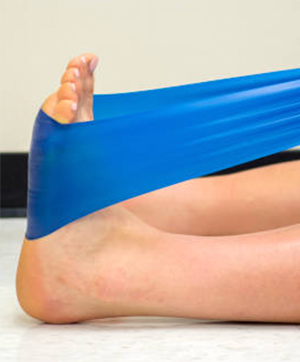
Our foot therapy programme focuses on restoring strength, flexibility, and balance. Using tailored exercise programs — including resistance band (Theraband) training — we help patients recover from injury, manage conditions like plantar fasciitis or ankle instability, and improve overall mobility. These gentle, effective exercises support long-term foot health and keep you moving with confidence.